What do you think?
Rate this book
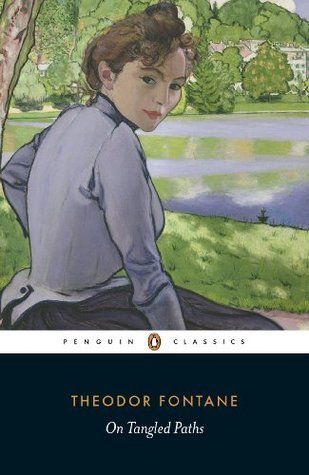

A moving love story and a vivid depiction of Berlin in the 1870s, from Germany's greatest nineteenth-century novelist Theodor Fontane.
Lene is a beautiful, orphaned young seamstress, and Botho is a handsome, aristocratic cavalry officer. They are in love, yet know they have only a short time together as society deems their relationship impossible and refuses to acknowledge the seriousness of their feelings. But while Botho appears to have a glittering life ahead of him, the love he feels may yet be his undoing. Published in 1887, On Tangled Paths caused a scandal on publication with its portrayal of a sexual affair across the classes, and is a taut, flawless masterpiece.
Theodor Fontane was born in the Prussian province of Brandenburg in 1819. After qualifying as a pharmacist, he made his living as a writer. From 1855 to 1859, he lived in London and worked as a freelance journalist and press agent for the Prussian embassy. While working as a war correspondent during the Franco-Prussian war of 1870-1 he was taken prisoner, but released after two months. His first novel, Before the Storm, was published when he was fifty-eight and was followed by sixteen further novels, of which Effi Briest, No Way Back and On Tangled Paths are all published in Penguin Classics. He died in 1898.
Peter James Bowman completed a PhD on Fontane at Cambridge University, and now works as a writer and translator.
'On Tangled Paths has the flawless logic and beautiful design of the novella at its best' - Paul Binding, The Spectator
'There is an undertow of sadness to this novel, yet to read it is a joy, for its humanity, subtlety and visual immediacy' - Ruth Pavey, The Independent
'Theodor Fontane's first true masterpiece; it has a perfect beginning, a perfect ending, and no superfluous sentence in between' - Henry Garland
189 pages, Kindle Edition
First published January 1, 1887

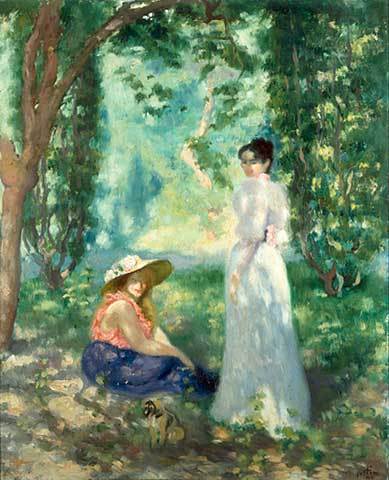
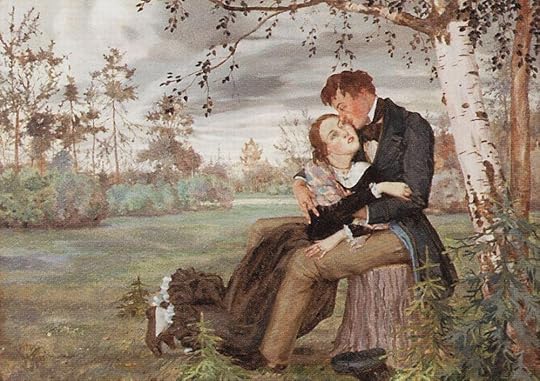
Du hast mir kein Unrecht getan, hast mich nicht auf Irrwege geführt und hast mir nichts versprochen. Alles war mein freier Entschluß. Ich habe dich von Herzen liebgehabt, das war mein Schicksal, und wenn es eine Schuld war, so war es meine Schuld. Und noch dazu eine Schuld, deren ich mich, ich muß es dir immer wieder sagen, von ganzer Seele Freue, denn sie war mein Glück.
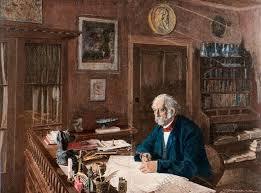
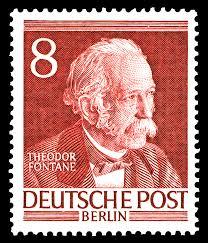
She was happy, utterly happy & saw the whole world in a rosy light. She had the best, the dearest of men on her arm & was enjoying a precious moment with him. Was that not enough? And if this moment should be their last, well, so be it. Was she not favoured just to live through such a day? Even if it was only once, this one single time? And so, all the intimations of hurt & anxiety that despite her best efforts had occasionally oppressed her spirits, melted away & all she felt was pride, joy & thankfulness.The eventual rift that befalls Lene & Botho does come at a price, more so for Botho than for Lene, with the former declaring: "What can I personally learn from this? A man who goes with the grain may fall but he falls in a better way than a man who goes against it." However, a bit later Botho intones to a fellow officer facing a similar situation: "Many things are permissible but not what does violence to the soul or entangles the heart, even if it's your only way."